
No one enters a courthouse, and then, standing surrounded by the great mahogany appointments expects to see a puppet show. No one enters a car park or a subway station and expects to hear Joshua Bell playing a chaconne. And if he did turn up and play, people would not notice because no one associates the ambiance of a subway station with classical music.
Dress is important too. Seeing the Justices of the Supreme Court in their judicial robes evokes feelings of dread in the accused. Being sentenced to death by a justice in shorts and a T-shirt just ain't the same.
Atmosphere, dress and setting does play a role in preparing the mind for what is about to happen and worship is no different. In my previous post, I talked about how architecture plays a role in lifting man's gaze to God. In my post, I also included some photos of what, IMHO, personifies the ideals of Catholic architecture (basically, looks like a Church and able to lift up our hearts towards the eternal, the transcendent).
But of course, Rome was not built in a day and neither is St. Peter's or Notre Dame in Montreal. How then, can this vision of a Domus Dei et Porta Caeli be realized in a typical parish environment with a limited resource and an urgent need for a building?
A simple, but noble Church can be built first and then, as and when the fund become available, furnishings such as stained glass, marble baldaquin, gilt rood screen, mosaics and such can be added. The Church is meant to be added on to, be perfected in the fullness of time (and money). Such was the principle used in decorating many of the major Cathedrals and Churches. The vault and domes of Westminster Cathedral in England await their mosaics.
The interior of Westminster Cathedral. The domes are still bereft of their mosaics. Although some chapels, such as the one below, have had their mosaics installed, most of it is still bare brick and it is unlikely that the decoration will be completed in this generation.
Those of the Basilica of the National Shrine of the Immaculate Conception in Washington DC are nearing their completion. Just as we, the people of God and the Church of God stand in need of completion, so too the Church building.

The mosaics of Christ in Glory and the Redemption Dome have been completed. The photo below shows the main dome at the crossing, the proposed Trinity Dome which is as yet uncompleted.
Perhaps it's about time we think like this when new Churches are being constructed. Several examples come to mind, but I would like to highlight the Anglican Use Church of Our Lady of Walsingham.

A church need not have all it's stained glass in place before it is consecrated. Tell your priest in charge of the building committee that you'd like rows and rows of stained glass and by the time he find out the cost, all you'll have is solid brick instead.
A more modest proposal of gothic windows with just regular glass might be more feasible. But with the windows in place, there's no reason why they can't be replaced with stained glass in the future.

And one at a time, say the central window first, the followed by the side ones. Etchings can also be added to lend more solemnity and decorum to the sanctuary.

Here, I would like to highlight the example of the Church of the Sacred Heart in Peoria which has graced these pages before. It was an ok Church but the priests in charge had decided to beautify it and lift it up to be a truly fitting place where God's people can gather to glorify Him. I do not see why this can't be done in other parishes.
 The Church of the Sacred Heart in Peoria before the renovations.
The Church of the Sacred Heart in Peoria before the renovations. The after photo. Wonderful, isn't it?
The after photo. Wonderful, isn't it?
I can't see any reason why this example can't be followed by other parishes. Marbling the naves, upgrading the stations and adding mosaics to the altar are all entirely feasible projects. Cushioning the pews ain't such a bad idea either =)
 Gosh know that the lighting in most Churches can be further improved. Throw out the fluorescent tubes and get some decent lights.
Gosh know that the lighting in most Churches can be further improved. Throw out the fluorescent tubes and get some decent lights. Stained glass and mosaics can be added to decorate bare walls.
Stained glass and mosaics can be added to decorate bare walls.
 Even the facade of a Church can be beautified. Think big folks!
Even the facade of a Church can be beautified. Think big folks!

The ideal isn't a fixed point. It's something we must all strive towards. Likewise, the parish Church building need completed in it's perfection before it can be consecrated and used. Knowing the often limited resources and urgent time frames most building committees have, perhaps it's better to construct a noble edifice that can realize it's full potential when time and resources can be fully available rather than conceive a building that has to reach it's fixed state upon completion

This doesn't mean that the 'finished product' depicted above can't be improved upon. Gilded pews anyone? =)
![[Unam Sanctam]](https://blogger.googleusercontent.com/img/b/R29vZ2xl/AVvXsEiymQ2adTjpZ1ABhPBbBBquiPCxeQrc4Jy_97vOikT0wGQeJleriiXQy6ebnb0jrYe-TfvcK77txStB4aIwVAdD41ZdMkVfNtFGC0JX6LBV9B8mfeRZaIAM7Sj-011ag3DiKQzv/s1600/headerdivinemercy.jpg)



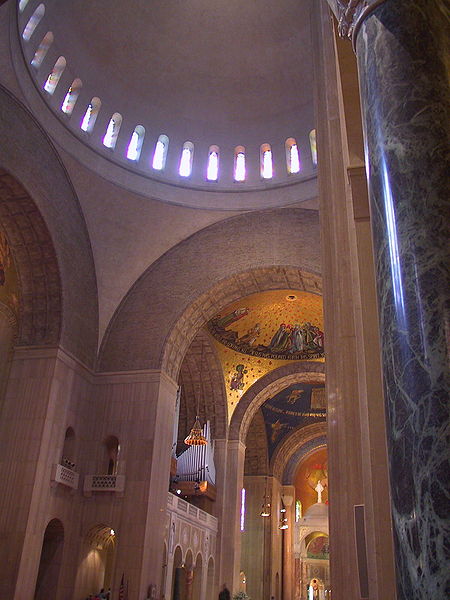












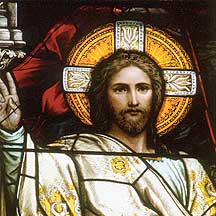
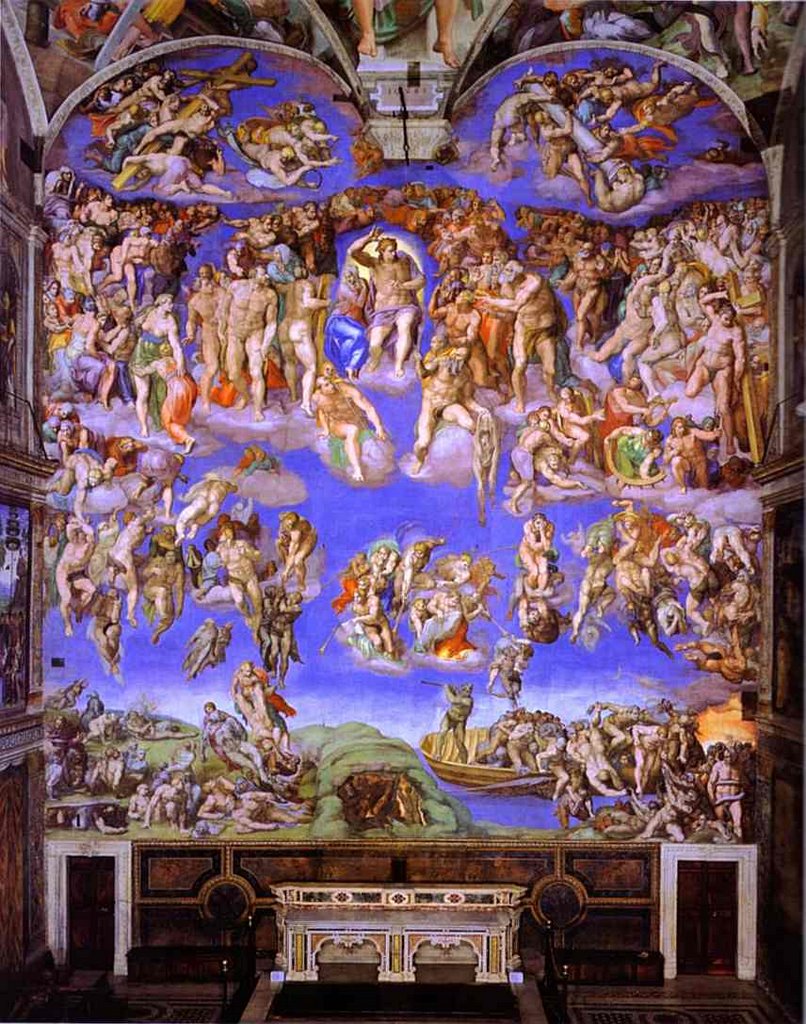






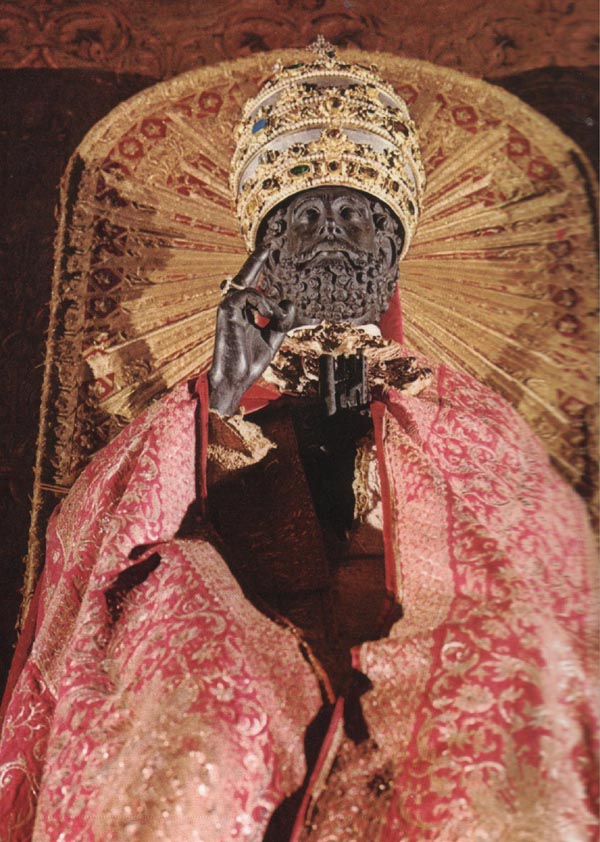
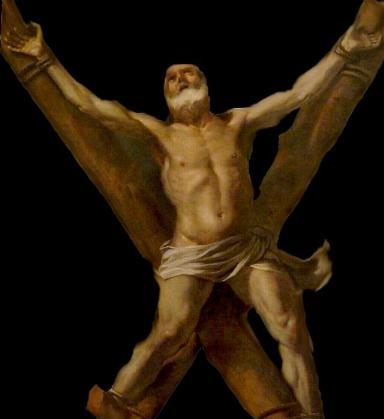




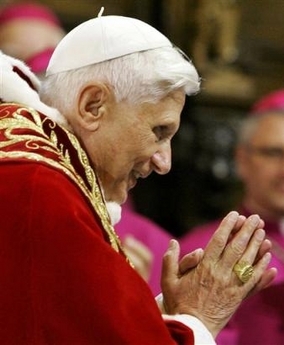






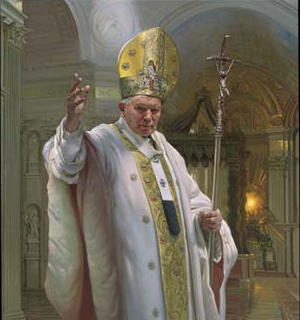
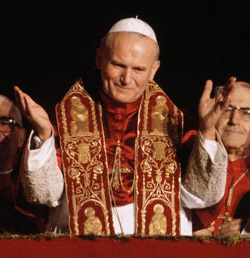
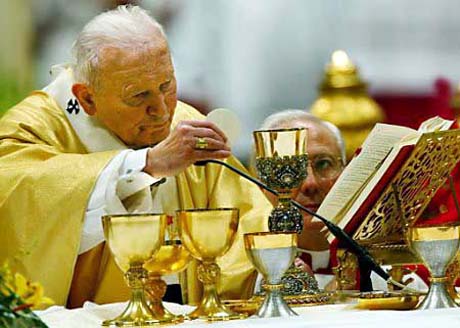







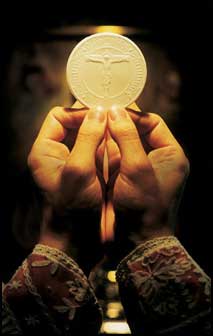
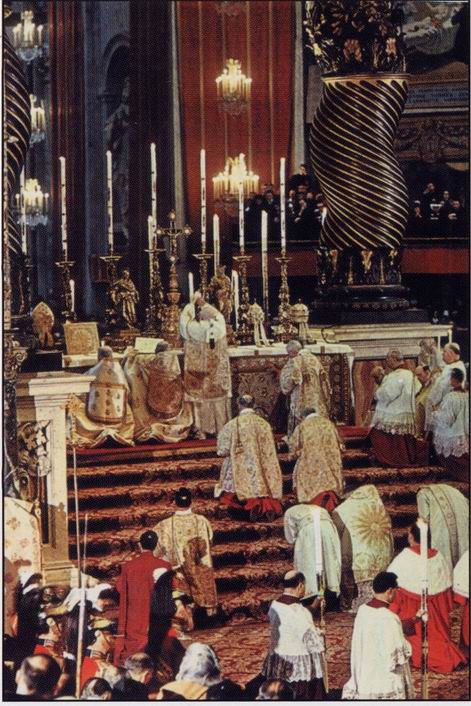



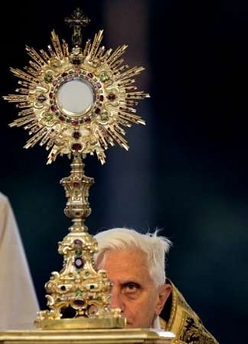


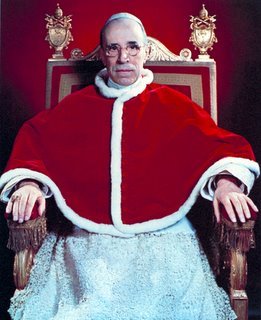




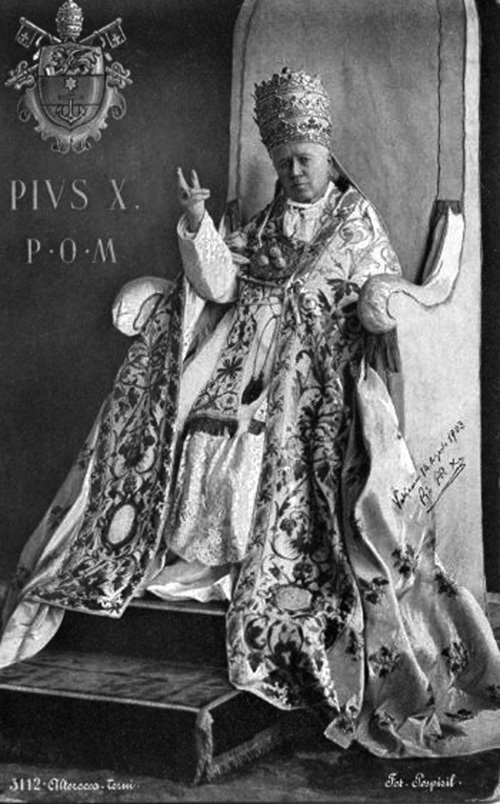










3 comments:
Just wanted to let you that I'm giving up blogging, for good this time.I don't think blogging is for me really. But I just wanted to thank you for your help & encouragement.
Thanks again & may God be with you.
amazing photography..lovely post...
Wow! Really beautiful after-renovation pics. Good post.
Post a Comment